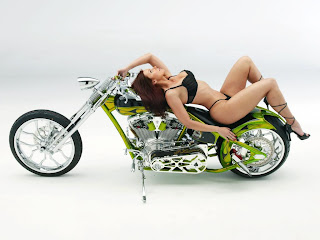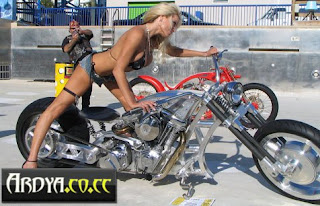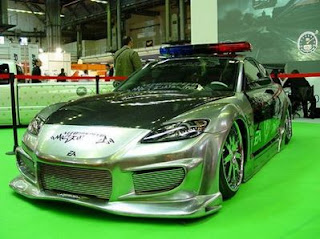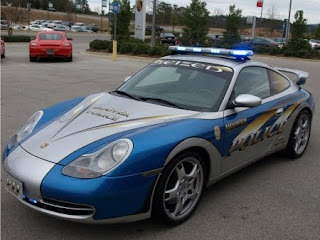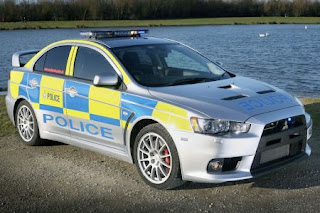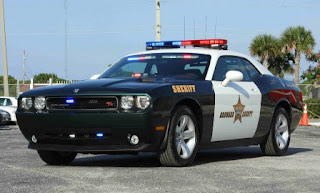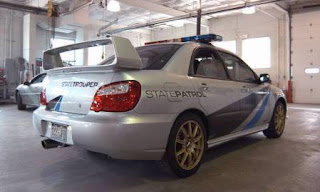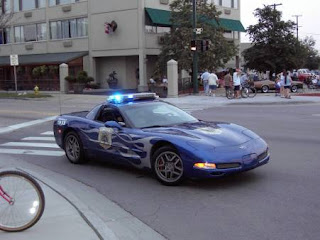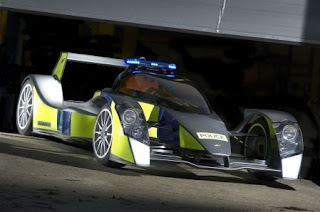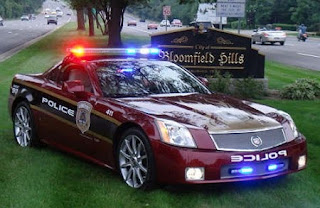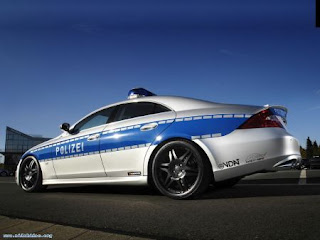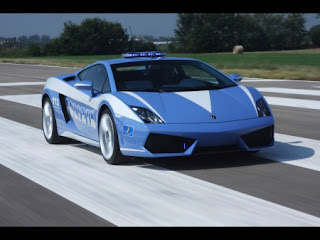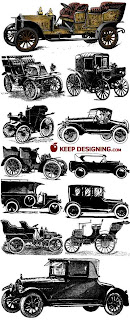|
|---|
Monday, May 31, 2010
These stunning shots show the beautiful and eerie underwater world of a Swiss ice-filled Alpine lake.
Taken in Lake Sassolo, close to the southern border with Italy, these were taken by diving photographer Franco Banfi.
Although the high altitude region is known for its sunny weather, the lake was formed by the run-off of the Alps surrounding it.
The giant ice structures dwarf the tiny divers as they explore the nooks and crannies of the icebergs.
The pictures show the lake's massive ice formations, smoothed by the flow of the water into unusual formations.
In one shot there even seems to be a face peeking out of the ice to greet the divers.
The ice forms into comb like structures and tiny tunnels are made between the metre thick slabs, allowing the divers to squeeze through and capture these unseen views.
'The water in the lake is freezing, so the best time to go is summer,' said Franco who took the pictures in June of last year.
'But it's so different from a lot of other dives you could do around the world that it's well worth a visit.

'The other issue is altitude, it's hard work carrying diving eqipment and cameras around anyway, but when the air is thinner it becomes a real test of strength,' he added.
The region is home to 140 lakes and over 3,500 miles of rivers, streams and rivers and is popular with hikers and divers.
Labels: Ice Cave, Switzerland
Labels: Mercedes
Labels: Mercedes
A recent history of Volkswagen Beetle known as a very complicated and long to tell. It began on June 22, 1934 when the German domestic automotive industry associations encourage Porsche to build the Volkswagen (People's Car in the language
Germany).
The next day on June 23 became the most historic day for both the name. Because 75 years ago to coincide with this date, the German government at that time led by the Fuhrer, Adolf Hitler gave the order to Ferdinand Porsche to build a simple car concept.
Order Hitler is people's car that can carry five people (two adults and three children), the velocity 100km/jam, 14km/liter consume fuel at a price no more expensive than riding a motorcycle side.
Then made the concept of the embryo when it was Beetle called Kraft durch Freude-Wagen (KdF-Wagen), the city where this car was made given the name KdF-Stadt. KdF-Wagen poured in 30 prototype in 1937 and marketed beginning in 1938 but stopped after a time to produce 630 units due to World War II in 1939.
To temporarily diverted its factory facilities to produce vehicles like the Kubelwagen war (jeep) and Schwimmwagen (amphibious vehicle). Year 1942 appears Kommandeurwagen from KdF-Wagen base having a four Wheel /4x4.
Germany's defeat on the allies (UK, France, Russia and the U.S.) makes the country divided. KdF-Stadt mastered British Army and for their intervention and then change the name of the city to Wolfsburg. Volkswagen Vehicles for civil society began to be produced again before the World War II ended, precisely in the summer of 1945.
Civilian vehicle was also changed its name to Volkswagen or VW Beetle Kafer (in Indonesia is popularly known as the VW Beetle). Then this vehicle has become popular thanks to its simplicity, toughness and a long list of other More and spread to different parts of the world.
Therefore, this unique vehicle has many nicknames such as:
* Kafer in Germany, Austria and Switzerland
* Pulga in Colombia
* Coccinelle or Kever in Belgium
* Vocho or Vochito in Mexico
* Fusca in Brazil
* Escarabajo in Argentina
* Map of Bolivia
* Folcika in Bosnia - Herzegovina
* Косτенурка (Kostenurka), Бръмбар (Brambar) in Bulgaria
* Buba in Croatia
* Brouk in the Republic Cheko
* Maggiolino in Italy
* Kabuto-Mushi in Japanese
* Turtle or Frog in Malaysia
Kever in the Netherlands *
* Pendong in Philippines
* Фольксваген-жук (Folksvagen-Zhuk) in Russia
In fact there are many other title names sometimes not just one. For instance in Indonesia other than the VW Beetle and the VW Beetle, he was also dubbed by our parents as a VW Sedan (although not as popular as the VW Beetle and VW Beetle).
To commemorate the history of travel at the same time affirm and strengthen the name of his Porsche, Porsche museum held an exhibition on June 23 until July 31. This exhibition is dedicated to celebrating the 75th anniversary of the VW Beetle concept such orders. In this exhibition displayed photographs of the original prototype with people who have been behind the birth of Ferdinand Porsche's Beetle included.
Labels: anti bullets car, car company, car corporate, history, Vw beetle
Cars (short of an automobile that comes from the Greek 'autos' (self) and Latin 'movére' (move)) is a wheeled vehicle carrying four or more of their own machine. Types of cars, including buses, vans, trucks. Operation of the car is called driving.
The first steam vehicles made in the late 18th century. Nicolas-Joseph Cugnot with vehicle successfully demonstrated in 1769. The first vehicle powered steam engine, may increase the best-known steam engine, was developed in Birmingham, England by the Lunar Society. And also in Birmingham car power station was first built in Britain in 1896 by Frederick William Lanchester who also patented the disc brake. In the 1890s, ethanol is used as fuel in the U.S.
Cugnot discovery of low usage seen in his native France, and the findings forwarded to Britain, where Richard Trevithick runs a steam-wagon in the year 1801. Vehicles are considered to be strange at first, but the discovery of a decade later, such as hand brakes, multi-speed transmission, and increased speed and steering wheel, making it a success.
Today, America has more cars than any other country. Japan led in the manufacture of automobiles, but the Japanese population could not afford to run a car because parking is scarce and expensive fuel prices
Innovation
The first automobile patent in the United States granted to Oliver Evans in 1789; in 1804 Evans demonstrated his first automobile, which not only the first car in the U.S. but also the first amphibious vehicle, the vehicle-steam power could use the road on land and in water wheels used wheels padel.
Generally, the first automobile internal combustion engine that uses gasoline made almost simultaneously in 1886 by German inventors working independently. Carl Benz on July 3, 1886 in Mannheim, and Gottlieb Daimler and Wilhelm Maybach in Stuttgart.
On November 5, 1895, George B. Selden granted U.S. patents for two-stroke engine. This patent gives a negative impact on the development of automobile industry in the U.S.. Spectacular breakthrough made by Berta Benz in 1888. A steam-engine, electric, and gasoline to compete for several decades, with gasoline internal combustion engines achieving dominance in the 1910s.
Large-scale production-line manufacturing of affordable automobiles was debuted by Oldsmobile in 1902, and then greatly expanded by Henry Ford in the 1910s. In the period from 1900 to the mid-1920s, automotive technology development is very fast, due to the large number (hundreds) of small car makers all vying to grab the attention of the world.
Major developments including electronic ignition and electronic self-starter (both by Charles Kettering, to the Company in the years 1910 to 1911 Cadillac), independent suspension, brakes and four tires.
In the 1930s, mostly in automotive technology has been created, though often re-created at a later date and given credit to others. For example, front-wheel steering recreated by Andre Citroën Traction Avant in the launch in 1934, although this technology has appeared several years earlier in cars made by Alvis and Cord, and in racing cars by Miller (and may have emerged in early 1897 ).
After 1930, the number of car manufacturers drastically reduced berpasan with industry to join together and baked. Since 1960, the number of producers is almost fixed, and reduced innovation. In many cases, new technology only improvement from the previous technology. Dengam exceptions in the discovery engine management, which entered the market in the 1960s, when electronic goods become cheap enough for mass production and strong enough to handle the harsh environment on the car. Developed by Bosch, these electronic tools can make car exhaust reduces dramatically while increasing efficiency and power.
Security
Car accident almost as old as the car itself. Joseph Cugnot car crashed into power-steam "Fardier" with the wall in 1770. Fatal car accident the first time recorded was Bridget Driscoll on August 17, 1896 in London, and Henry Bliss on 13 September 1899 in New York City.
Every year more than a million people were killed and around 50 million injured in traffic (according to WHO estimates). The main cause of the accident was the driver drunk or under the influence of drugs, no attention, too tired, and danger on the road (such as snow, holes, animal, and careless drivers). Security facility have been made specifically in the car for years.
Cars have two basic safety problems: They have a driver who often make mistakes and the loss of tire friction when braking close to half-of gravity. Automatic control has been proposed and made an example.
Early research focused on improving the brakes and reduce the danger of fire fuel system. Systematic research in crash safety started in 1958 at Ford Motor Company. Since then, much research focuses on energy absorption outside with panels that easily destroyed and reduce human movement on the passenger space.
There was a test car's security standards, such as EuroNCAP and USNCAP. There are also tests that are assisted by the insurance industry.
Despite improvements in technology, the death rate from car accidents remains high, in the U.S. about 40,000 people die each year, a figure that still grow in accordance with the increase in population and travel, with similar trends in Europe. The mortality rate is expected to be doubled worldwide in 2020. The numbers of deaths are more injuries and disabilities.
Wikipedia
Labels: anti bullets car, brands, car company, car corporate, history, world car
This racing game that one may not have been familiar to us, especially fans of racing games ..
Need for Speed (NFS) is a series of racing video game published by Electronic Arts and developed by several studios, including Canada, based company EA Black Box. This is the most successful racing video game series of all time, and one of the most successful overall. In October 2009, more than 100 million copies of the game in the Need for Speed series has been sold.
The series was originally developed by Canadian based company Distinctive Software, which is known as EA Canada. Series debuted with The Need for Speed in North America, Japan, and Europe in 1994. Initially, the series was exclusive to the console of the fifth generation and displayed in all the seventh generation of video game consoles in 2008. The game mainly consists of a variety of car racing with different tracks, and to some extent, including the activities of police in the race. In Japan, the series Over "was released as a driver. After the release of Need for Speed: High Stakes, it adopted the western name. Since Need for Speed: Underground, the series has integrated car body customization into gameplay. Currently, there are three games under development in the series.
NFS there from the year 1994
Genuine Need for Speed was released for 3DO in 1994 with the release version for the PC (DOS) (1995), the PlayStation and Sega Saturn (1996) after a short time later. Most cars and tracks available at the beginning of the game, and the goal is to unlock the remaining locked content by winning tournaments. The first version is shown a car chase with police who remained a popular theme throughout the series - called Hot Pursuit editions (Need for Speed III: Hot Pursuit, Need for Speed: High Stakes, Need for Speed: Hot Pursuit 2, Need for Speed : Most Wanted, Need for Speed: Carbon and Need for Speed: Undercover) were sold in the market better than the version of the intervention. The initial version also featured an obnoxious opponent who taunted the player if the computer won the race or the player was arrested (if the player speeding ticket a few times).
The first installment of NFS is one of only two serious by a series of efforts to provide a realistic simulation of car handling and physics without arcade elements (the other being the Porsche Unleashed). Electronic Arts to work with automotive magazine Road & Track to match vehicle behavior, including imitation of the sound made by the vehicles' gear control lever. The game also contained precise vehicle data spoken comments, several "magazine style" images of each car's interior and exterior, and even short video clips highlighting the vehicles set to music.
Another version of the game, called The Need for Speed: Special Edition, is based on the 1995 release of the PC game, and only released for PC CD-ROM in 1996 was showing support for DirectX 2 and TCP / IP networking, two new tracks, time of day for most variations of the track (morning, noon and night), and various enhancements in the game machine.
The Need for Speed and Special Edition is the only game in the series to support DOS, as the next release for the PC only runs on Microsoft Windows 95 or above.
Need for Speed II features several of the rarest and most exotic vehicles ever available, including the Ford Indigo concept vehicle, and features country-themed tracks from North America, Europe, Asia and Australia. A new racing modes are also introduced in NFS II dubbed Round, where the last racer to finish the round will be eliminated until the only leading racer remains, and won.
Forgoing the realism the first Need for Speed, NFS II provides more arcade-like style of play, while maintaining the level of intricate design. [Verification needed] In addition, track design is more open-ended, players can now "drive" off the asphalt, and even across the fields to take advantage of shortcuts.
The PlayStation port of NFS II is the first PlayStation game to utilize not only NeGcon controller, but both Dual Analogue and DualShock controllers as well.
Special edition of NFS II, Need for Speed II: Special Edition includes one extra track, extra cars, and support for Glide, which was then developing the 3D graphics standard used in 3dfx 's Voodoo and Voodoo 2 graphics card.
Need for Speed III: Hot Pursuit Hot Pursuit mode adds, where players try to run either the police or the police, catch speeders.
NFS III to take advantage of the multimedia capabilities of CD-ROM featuring audio comments, slide images and music videos. This game is also the first in a series to allow downloading additional car from the official site. Consequently, the Modding community has been sticking to create more vehicles that can be available for the game. PC version is also the first game in the series Need for Speed Direct 3D acceleration hardware to support 3D.
High Stakes (North America and Australia the title), also known as the Road Challenge (European and Brazilian title), released in summer 1999.
High Stakes introduces several new game types: High Stakes, Getaway, Time Trap, and Career. High Stakes is a racing mode (in career) in which reward the player loses the car. Getaway require players to outrun pursuing police vehicles for a certain period. Time Trap is where drivers must complete a number of laps within the time limit, with a police car trying to slow them down. Career mode combines monetary reward system that allows a player to purchase vehicles and performance upgrades while earning cash by racing in a chronological set of tournaments. Another innovation is the introduction of damage models. Vehicles that have been involved in a car accident that is displayed looks shattered bodies and suffered from performance penalties. After a race in Career mode, players are given the option to purchase the improvement. Mode also allows players, for the first time, to upgrade cars, although it only consists of the feature to switch between three levels of upgrades for each car.
The PlayStation version of the game, was released several months before the PC version, features improved gameplay. Just all the new tracks to be performed without additional rehashes from NFS III in the PC version. In addition, the AI in this game is more advanced; five AIS known as Nemesis, Bullit, Frost, Ranger, and people driving stupid show different characteristics (eg Nemesis player until slipup dog will occur, whereas Bullit exhibit a more aggressive style, sometimes Sometimes a vehicle ramming into the player). In addition, the Aston Martin DB7 at this in the game while the release version of the PC is required that you will need to download them online to insert it into the game. In the PlayStation version, the McLaren F1 GTR Long Tail is based on the year 1997 while the PC version is based on the original version 95/96.
Labels: anti bullets car, Need for speed, nfs, racing games, world car














